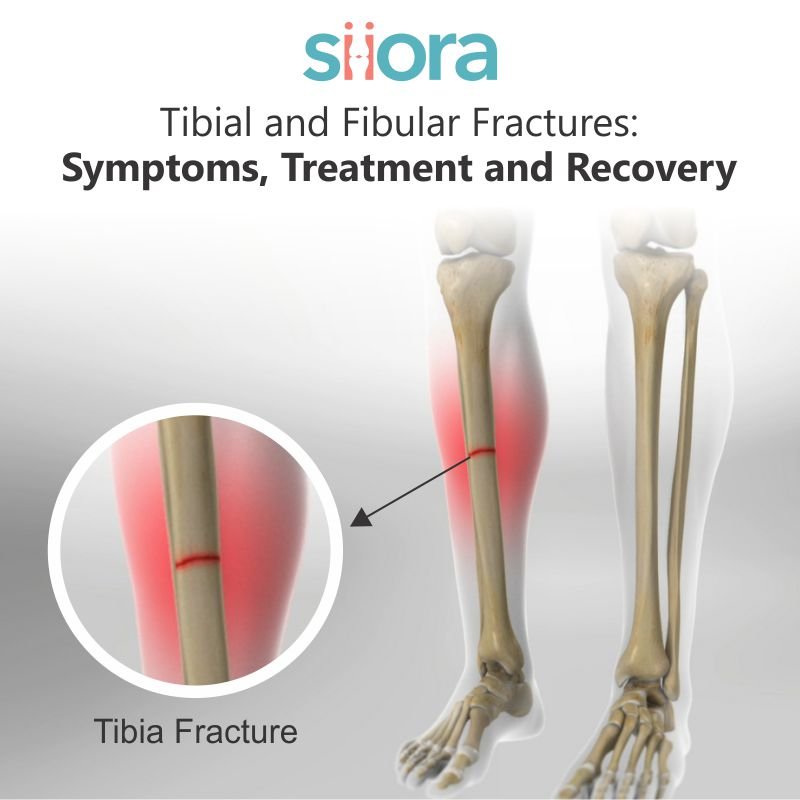Phalangeal fractures, commonly known as broken finger bones, are a prevalent type of injury affecting the bones of the fingers. These fractures can occur due to various reasons, such as sports injuries, falls, workplace accidents, or even direct trauma. Understanding the nature of phalangeal fractures and the options available for treatment is crucial for ensuring proper healing and restoring functionality to the hand.
Anatomy of the Phalanges
The human hand is a complex structure composed of 27 bones, with 14 of these being phalanges. Each finger, minus the thumb, is composed of three phalanges:
- Proximal phalanx: Closest to the hand.
- Middle phalanx: Situated between the proximal and distal phalanges.
- Distal phalanx: The tip of the finger.
The thumb possesses only two phalanges, the proximal and the distal. These bones are connected by joints and surrounded by soft tissues, tendons, ligaments, and muscles that facilitate movement and provide stability. Given their size and exposure, phalanges are particularly susceptible to fractures.
What Are the Causes of Phalangeal Fractures?
Phalangeal fractures can result from a variety of circumstances, including:
Sports Injuries
High-impact sports like basketball, football, and volleyball can lead to direct trauma to the fingers.
Falls
Landing on an outstretched hand during a fall can cause significant force to the fingers.
Workplace Accidents
Heavy machinery, tools, or objects dropping on the hand are common causes of fractures.
Direct Trauma
Punching, being struck by a hard object, or other forms of direct impact can result in a broken phalanx.
Twisting Injuries
Sudden rotational forces applied to the finger can lead to fractures.
What Are the Symptoms of Phalangeal Fractures?
Signs and symptoms of a phalangeal fracture can vary depending on the severity and location of the break but often include:
- Pain and tenderness at the injury site.
- Swelling and bruising around the affected finger.
- Deformity or visible misalignment of the finger.
- Difficulty moving the finger or gripping objects.
- Numbness or tingling if nerves are affected.
If you suspect a phalangeal fracture, it is essential to seek medical attention promptly to avoid complications like malunion or loss of function.
What is the Diagnosis for Phalangeal Fractures?
Diagnosing a phalangeal fracture typically involves a combination of:
Physical Examination
A doctor will assess swelling, tenderness, range of motion, and deformities.
Imaging Tests
X-rays are the most common imaging technique used to confirm the presence of a fracture and evaluate its severity and location. In complex cases, a CT scan may be required for detailed imaging.
What Are the Types of Phalangeal Fractures?
Phalangeal fractures can be categorized based on their characteristics:
- Transverse Fractures: The bone breaks in a straight line across.
- Oblique Fractures: The break occurs at an angle.
- Comminuted Fractures: The bone is broken into numerous pieces.
- Intra-articular Fractures: The fracture extends into the joint.
- Open Fractures: The bone fracture has resulted in an open wound, significantly elevating the likelihood of infection.
What Are the Available Treatment Options for Phalangeal Fractures?
The treatment approach for a phalangeal fracture depends on its type, location, and severity. Here are the main treatment modalities:
Non-Surgical Treatments
Immobilization
For stable fractures that are not significantly displaced, immobilization with a splint, cast, or buddy taping (taping the injured finger to an adjacent one) is often sufficient. Keeping the injured area still helps the bone mend properly and stay in the right position.
Closed Reduction
In cases of minor displacement, a healthcare professional may manually realign the bone fragments before immobilization. Local anesthesia is administered during this procedure to ensure patient comfort.
Surgical Treatments
Surgery may be necessary for severe or complex fractures, particularly those that involve significant displacement, comminution, or joint involvement. Surgical methods include:
Open Reduction and Internal Fixation (ORIF)
This procedure entails surgically accessing the fracture, reducing the displacement, and stabilizing the bone with internal fixation devices. ORIF is commonly used for intra-articular and comminuted fractures.
External Fixation
In some cases, an external frame is used to stabilize the bone fragments without opening the fracture site. This method is less invasive and is particularly useful for open fractures.
Pinning
Small metal pins or wires are inserted to hold the bone fragments in place during healing. Pinning is often used for fractures of the distal phalanges.
Physical Therapy and Rehabilitation
After the initial treatment, physical therapy plays a vital role in restoring strength, flexibility, and range of motion. The course of therapy will be determined by the severity of the fracture and may involve:
- Gentle finger exercises to improve mobility.
- Strengthening exercises for hand muscles.
- Techniques to reduce stiffness and swelling.
What Are the Potential Complications Associated with Phalangeal Fractures?
If not treated appropriately, phalangeal fractures can lead to complications such as:
- Malunion: The bone heals in an incorrect position, leading to deformity or loss of function.
- Stiffness: Prolonged immobilization can result in stiffness of the joints.
- Infection: Open fractures are particularly prone to infections, requiring diligent care.
- Chronic Pain: Improper healing or damage to surrounding tissues can cause persistent pain.
- Arthritis: Fractures involving the joint may increase the risk of developing arthritis over time.
How to Prevent Phalangeal Fractures?
While accidents are not always avoidable, certain measures can reduce the risk of phalangeal fractures:
Use Protective Gear
Wearing gloves, padding, or splints during high-risk activities like sports or heavy-duty work can protect the fingers.
Exercise Caution
Avoid reckless actions that may lead to falls or trauma to the hands.
Strengthen Hand Muscles
Regular hand exercises can improve grip strength and reduce susceptibility to injuries.
Maintain a Safe Environment
Minimize hazards at home or work that could cause falls or crush injuries.
When to Seek Medical Attention?
If you have a finger injury and experience any of the following, seek immediate medical attention:
- Severe pain
- Swelling
- Deformity of the finger
- Inability to move the finger
Early intervention can prevent complications and ensure optimal recovery.
Conclusion
Phalangeal fractures are a common yet often underestimated injury that can significantly impact daily life if not treated properly. Without a clear understanding of causes, symptoms, and treatment options, effective management is impossible. Whether through non-surgical means like splinting or surgical interventions such as ORIF, timely and appropriate care can restore hand functionality and prevent long-term complications. If you or someone you know sustains a phalangeal fracture, seeking professional medical advice promptly is the first step toward recovery.








